PERSONAL & PROFESSIONAL EYE CARE
We are dedicated to serving with integrity, innovation, value, and excellence all in service to God and our community. EyeXcel and the entire team strive to provide proactive eye care for the entire family, keeping your wellness a top priority while using the latest eye disease detection technology and latest eye treatments.


Featured Brands
QUALITY CARE AT AN AFFORDABLE PRICE
When you schedule a comprehensive eye examination with us, you will be receiving expert care. Our doctors truly care about each patient and apply their extensive knowledge in their respective specialties to treat eye diseases and visual performance issues. We want to ensure you get the best vision possible for the best quality of life. Prevention is the best form of treatment. Whether you need specialized eyeglasses, custom-designed contact lenses, or you desire the latest in preventative eye health care, your team at EyeXcel provides the best specialty eye care in East Tennessee.
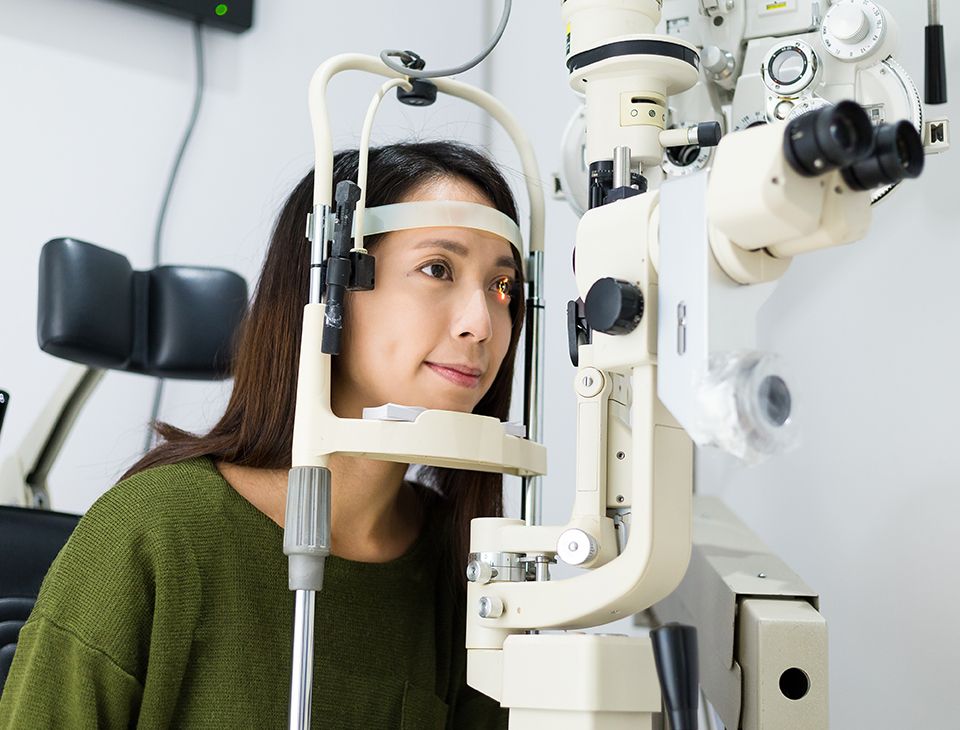
Patient Testimonials
Over 300 5-Star Reviews


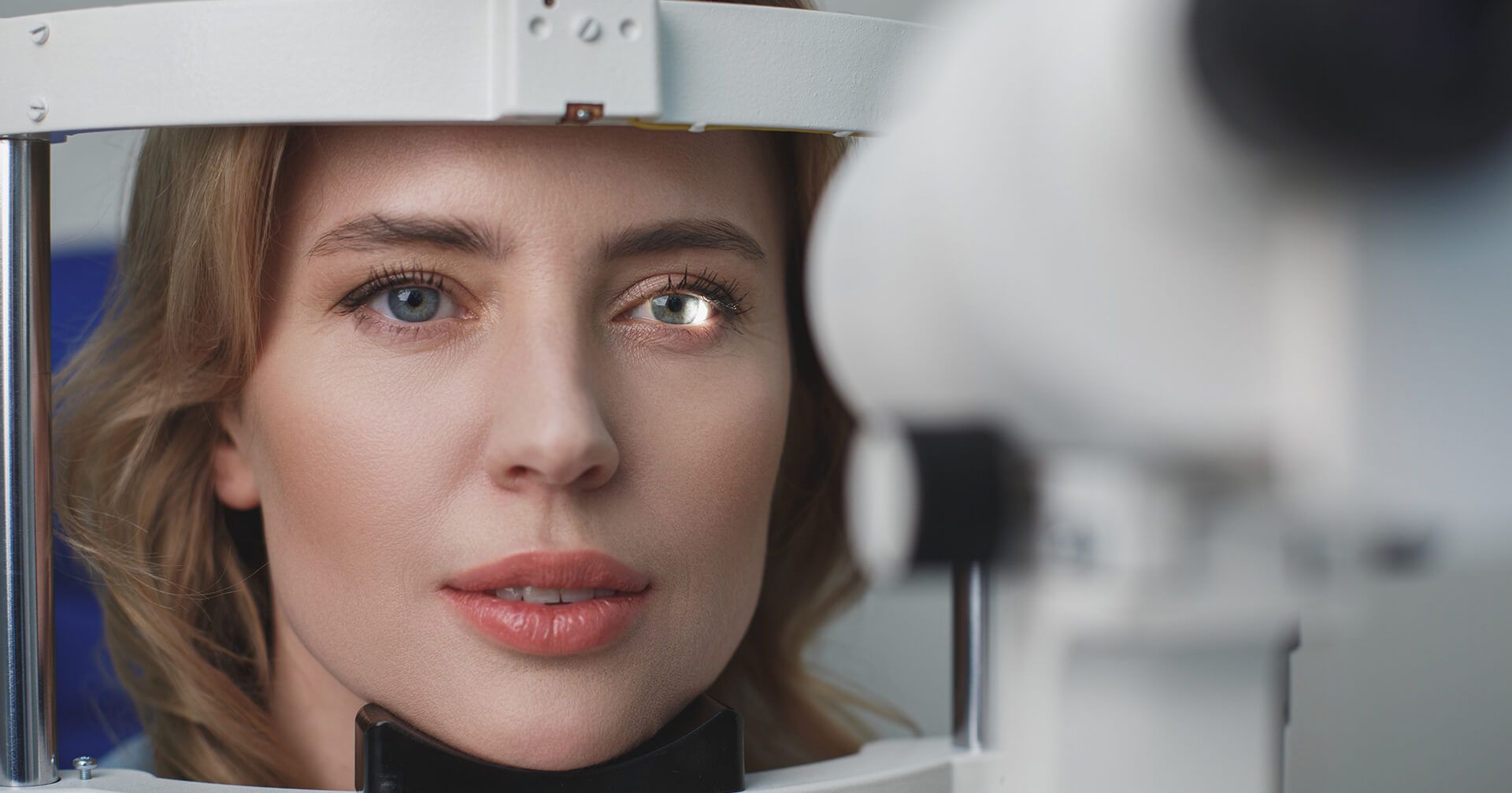
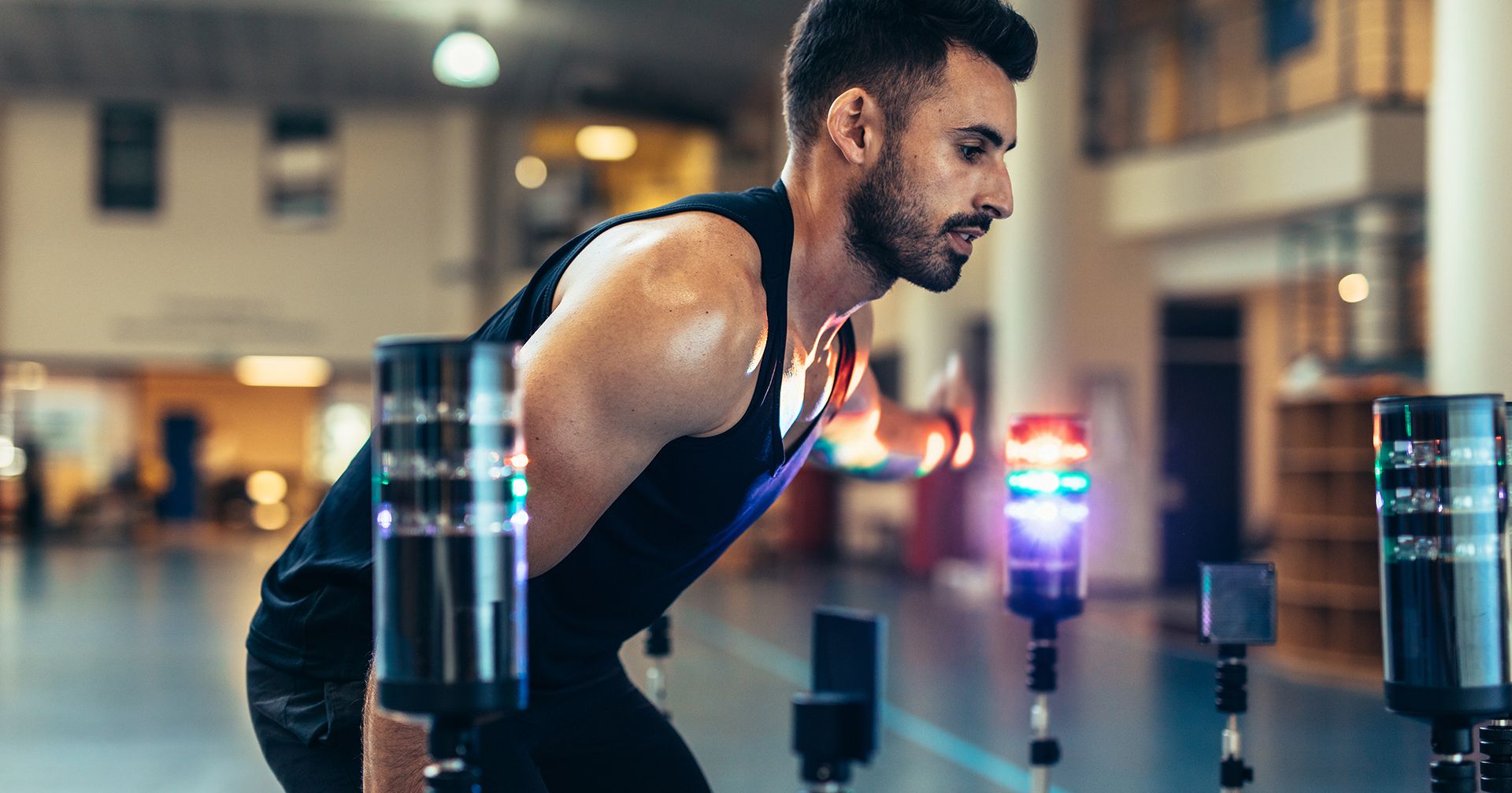
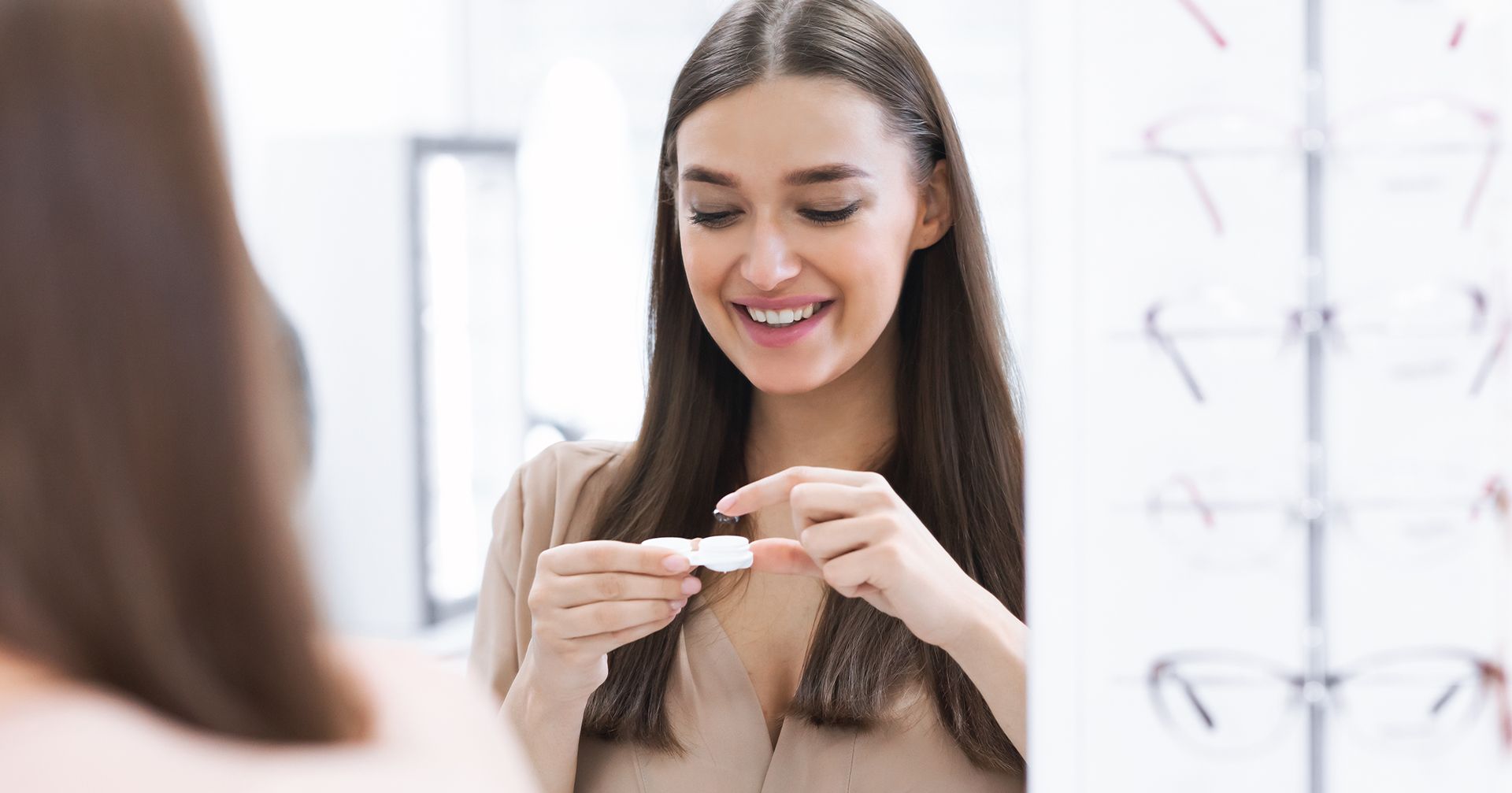
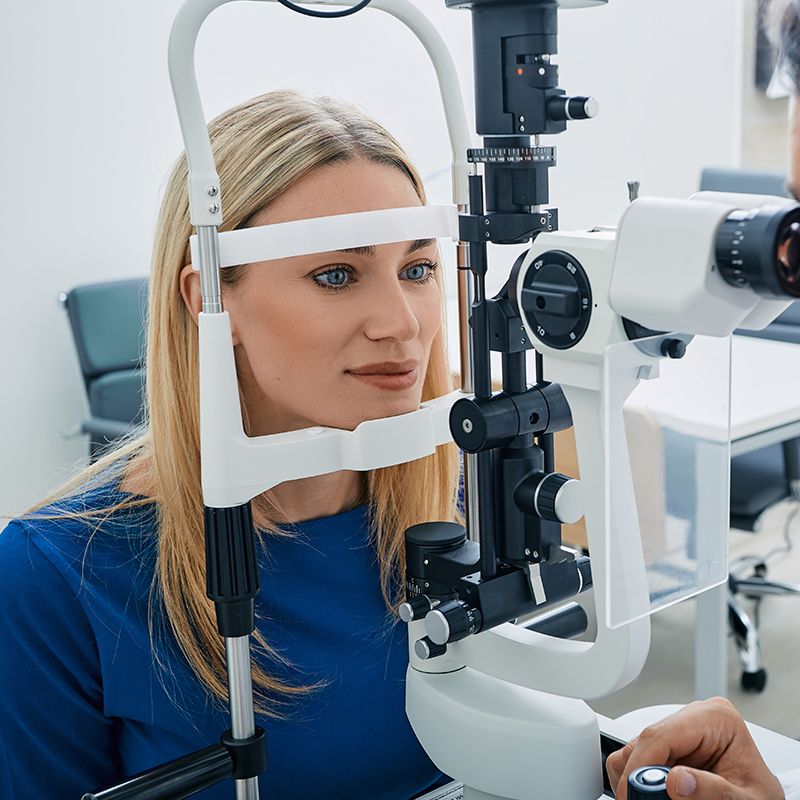




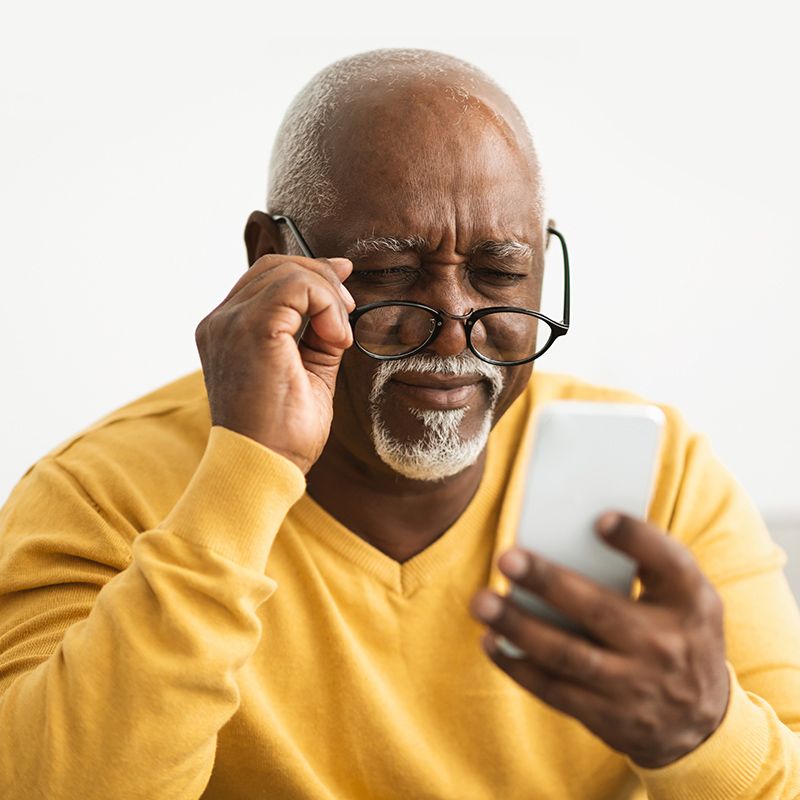




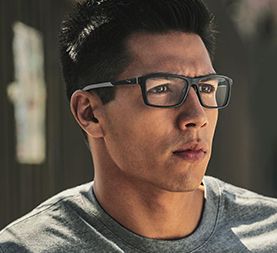

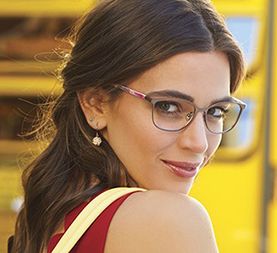

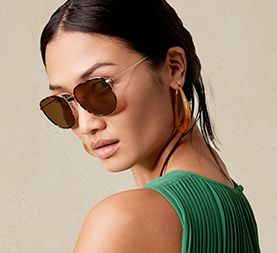

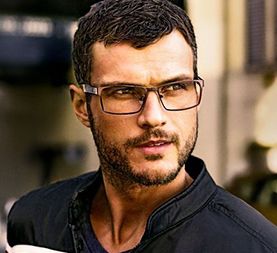







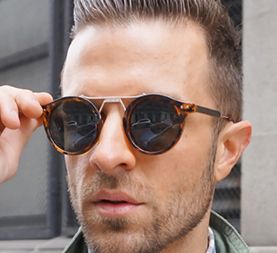

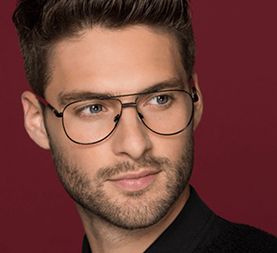

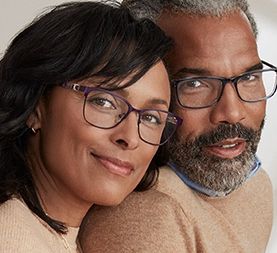



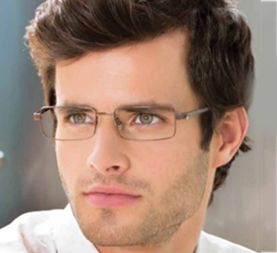

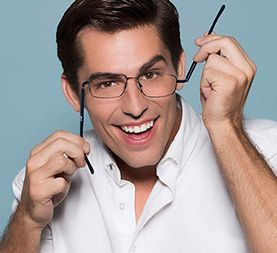



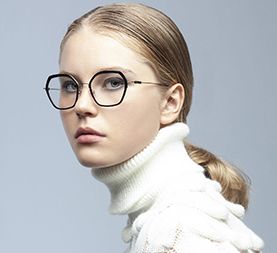



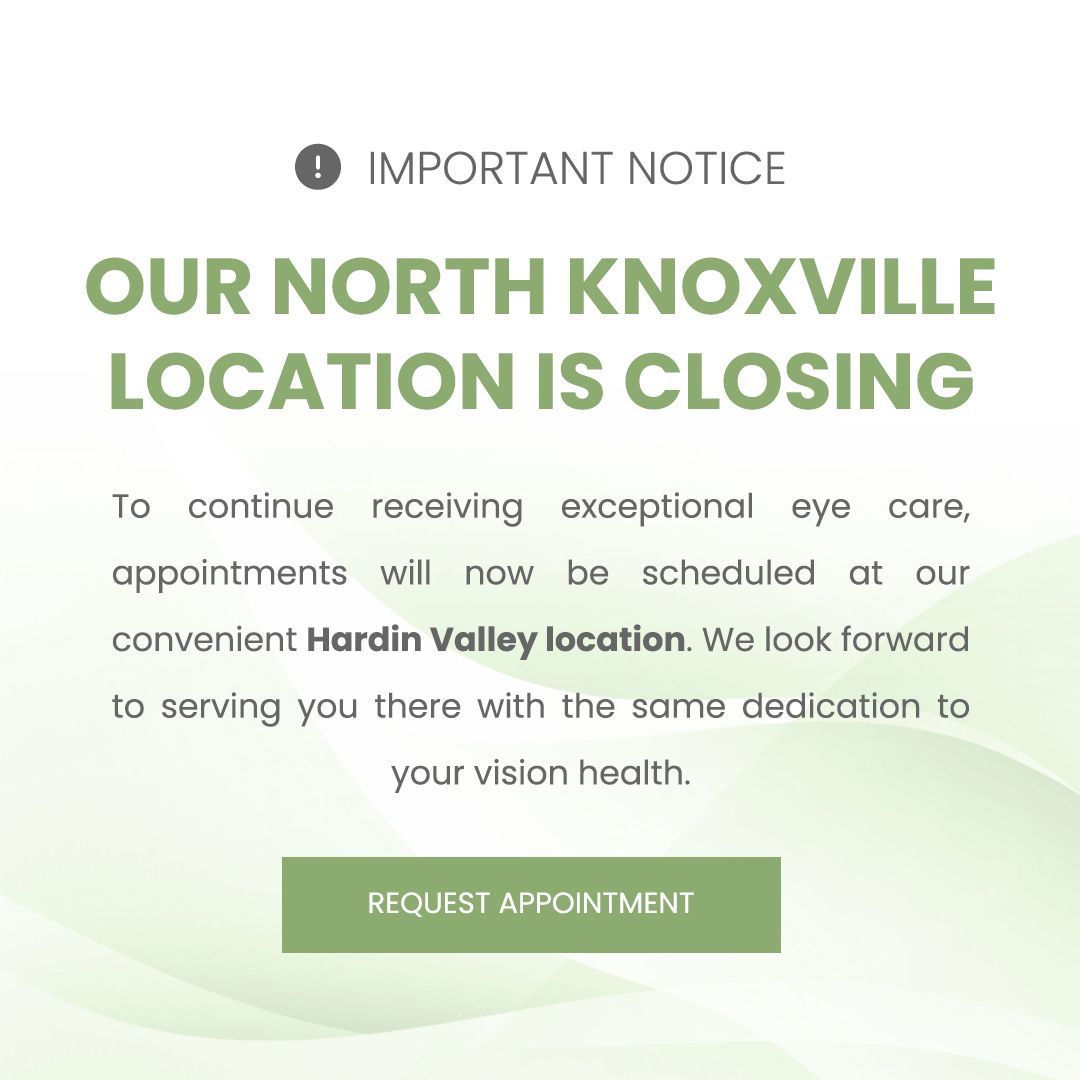
Amazing, amazing place! Stephanie has been the person that has helped us through our order and I just cannot say enough about her knowledge, patience (my 4-year-old was getting glasses), and customer service. This place is on the other side of where we live but I will happily make the drive because of their care, attention, and overall service!
Homa R.
View All Reviews